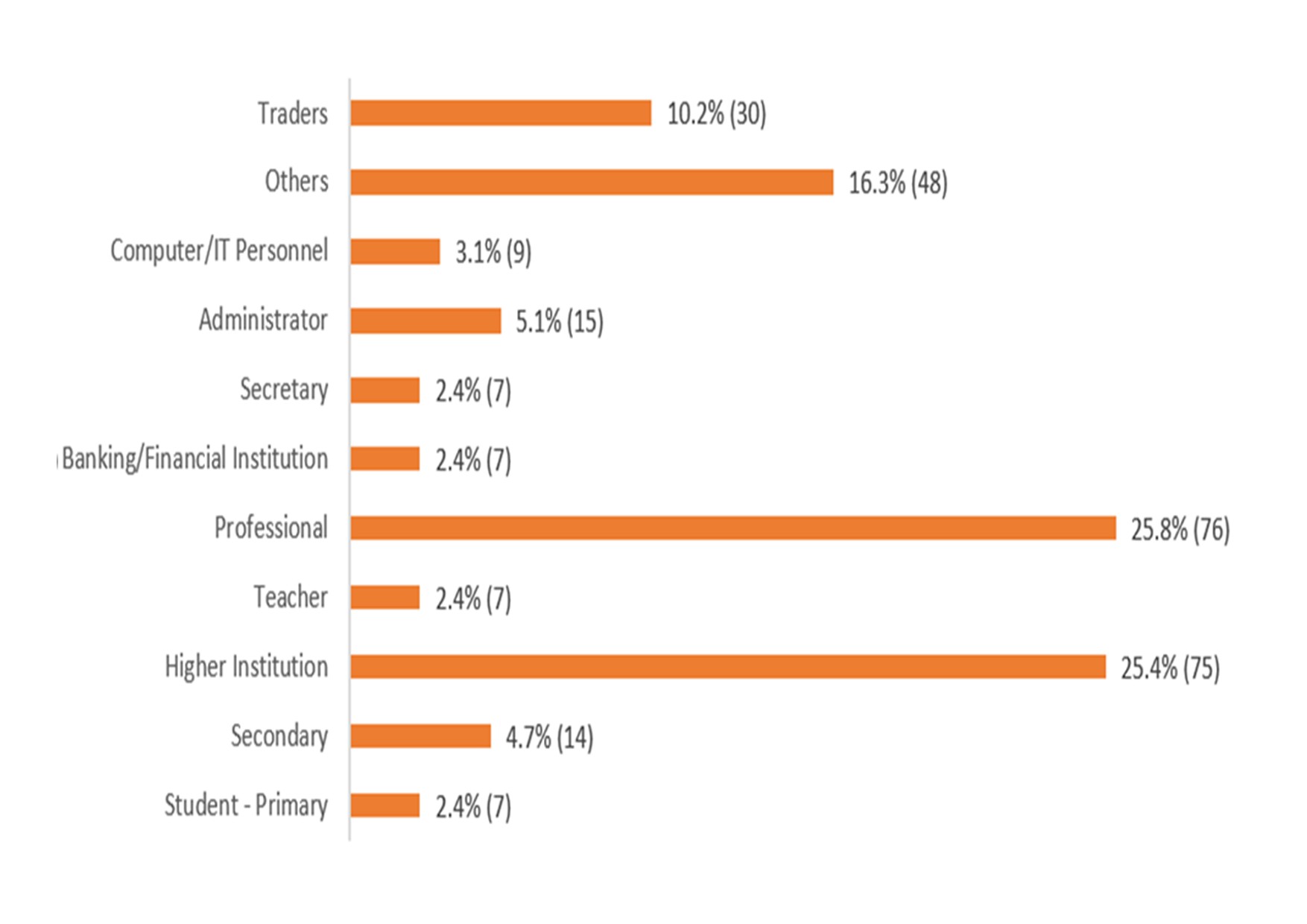EVALUATION OF DRY EYES IN USERS OF DIGITAL ELECTRONIC GADGETS
DRY EYES AND DIGITAL GADGETS USE
DOI:
https://doi.org/10.5281/acs.v10i2.215Keywords:
Dry eyes, Electronic devices, Schirmer’s test, SmartphonesAbstract
Background: To investigate the association between the use of digital electronic gadgets and dry eye disease, and to provide recommendations for preventing dryness while using these devices.
Methodology: A hospital-based cross-sectional study was conducted at the Lagos State University Teaching Hospital (LASUTH) among 295 participants aged 7-69 years. Participants were administered the Ocular Surface Disease Index (OSDI) questionnaire and were examined for dry eyes using the Schirmer’s test, Tear Break-Up Time (TBUT) and corneal fluorescein staining. Data analysis was done using SPSS version 27, with multivariate regression to correlate the type and duration of digital electronic device usage with dry eye disease.
Results: A total of 295 respondents participated in the study, with 62.4% being female. The mean age of participants was 30-39 years. Smartphones were the most commonly used digital device (98.6%), and more than half of participants (55.9%) spent 10 hours or more daily on screens. A significant association was found between prolonged screen time and abnormal Schirmer’s tests (38%), reduced TBUT (42%), and increased corneal fluorescein staining (47.5%). Females had more dry eye disease symptoms than males. The OSDI score showed that more than half of the participants (65.4%) experienced varying severity of dry eye symptoms, and prolonged screen time (10 hours or more) increased the severity.
Conclusion: Prolonged use of digital devices correlates significantly with the presence of dry eye symptoms, particularly amongst females and prolonged users. Advocacy and preventive strategies such as following the 20-20-20 rule, using screen filters, and adjusting brightness, are recommended ways to reduce the ocularsurface effects of digital screen use.





